Discover the simple steps to change your garage code, ensuring improved home security and effortless access.
Changing your garage code is a simple task that can be done in a matter of minutes. This article will guide you step-by-step on how to do so, ensuring that you can easily and effectively secure your garage.
Whether you’re looking to increase your home’s security or simply forgot your old code, this comprehensive guide will provide all the information you need. From understanding the basics of garage door openers to the actual process of changing the code, every detail will be covered to ensure a seamless experience.
Key takeaways:
- Locate and press “learn” or “program” button on opener
- Enter new code on keypad or use remote control
- Ensure safety precautions and refer to manual for specific instructions
- Follow different procedures for systems with keypads or without keypads
- Regularly update garage door code for increased security
Resetting Garage Door Code
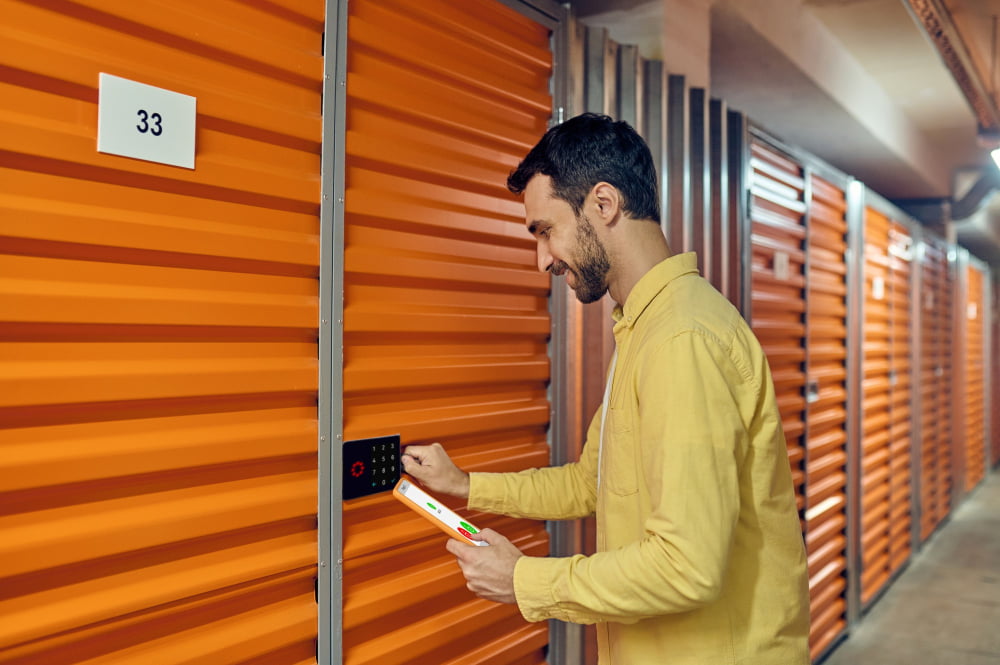
Initiating a code reset on your garage door opener is a relatively straightforward process, requiring minimal tools and about 15-30 minutes of your time. Here are the steps condensed for brevity:
- 1. Locate the “learn” or “program” button on your garage door opener. This button is typically found on the side or back of the machine.
- 2. Press and hold this button until the indicator light turns on or starts blinking.
- 3. Depending on your specific garage door system, either enter your new desired code on your keypad or click the remote control to set the new code.
- 4. Release the “learn” or “program” button and test your new code to ensure it works.
Remember, it’s fundamental to have your garage door opener’s user manual on hand during the process, as the resetting procedure can vary across different brands and models.
Ensuring Safety During Code Change
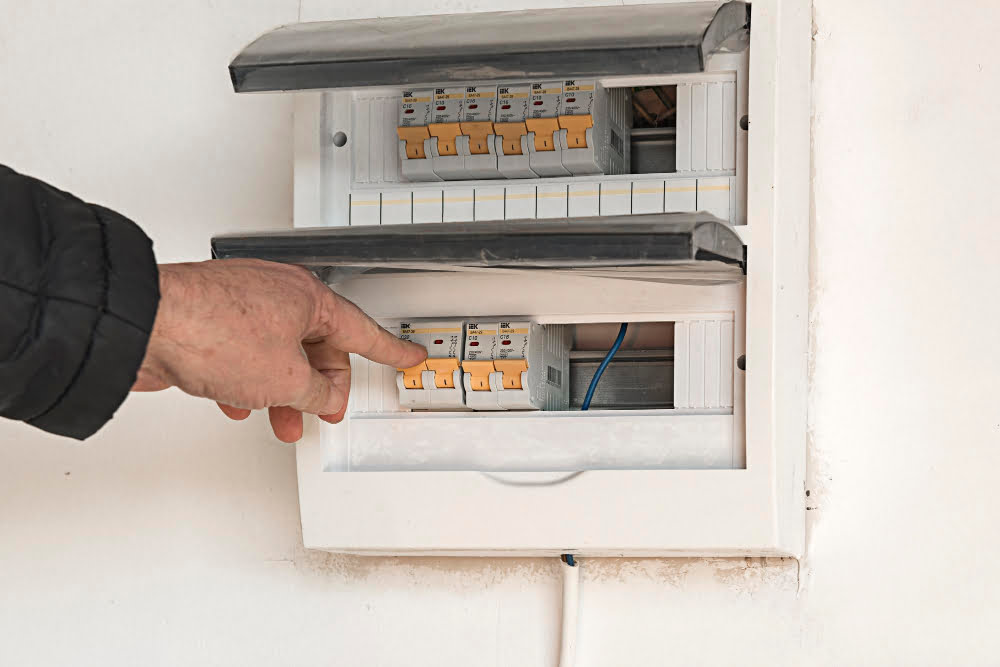
One must always prioritize safety first.
Before commencing with the code change process, ensure that the power supply is switched off to the garage door opener to prevent any accidental activation.
Avoid climbing on high ladders if you’re not comfortable or alone at home.
Instead, invest in a sturdy platform for reach.
Always keep the manufacturer’s manual handy for immediate reference.
Remember, trying to alter the system without proper understanding could lead to unintentional mishaps or even permanent damage to the garage door system.
These initial precautions will lend a smooth transition into the actual process of changing the code.
Changing Garage Door Code for Systems With Keypad
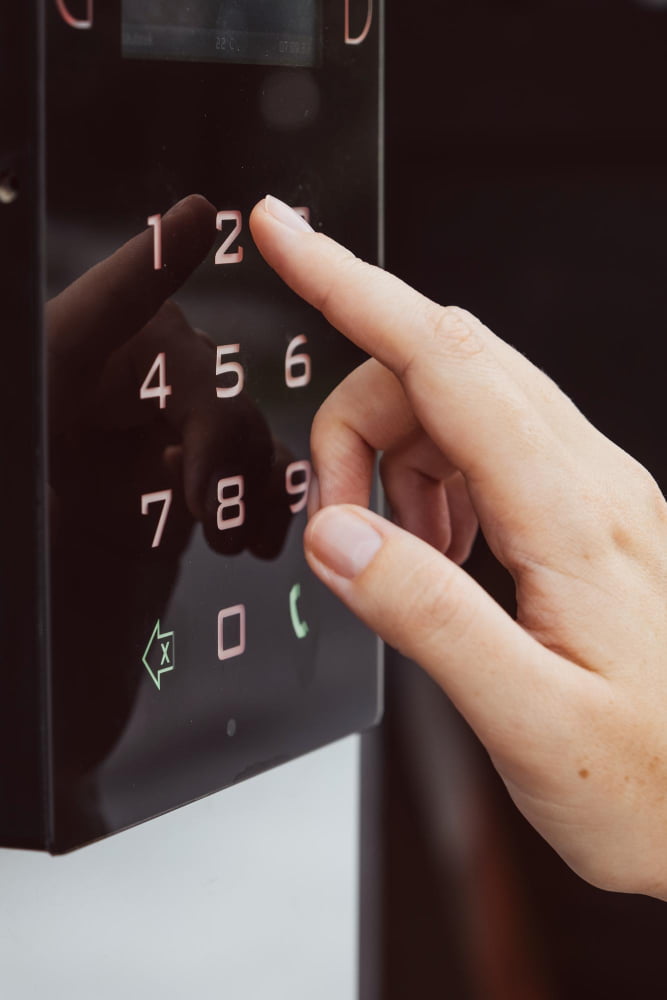
To begin the process, locate the “Learn” or “Smart” button on the garage door opener’s motor unit. It’s typically found on the back or sides of the mechanism. Press and release the button.
After activating the “Learn” button, look out for visual cues like LED lights blinking or rapid clicks. This indicates the unit is prepared for recoding.
Next, prompt the keypad for recoding. For most models, keying in a four to six-digit passcode followed by pressing ‘Enter’ or another designated key works. Try to create a challenging passcode, incorporating a random sequence of numbers rather than predictable ones like birthdays or anniversaries.
Once you’ve input the new passcode, you should get another visual signal, such as a LED light flashing on the motor unit, signifying that the new code has been accepted.
Bear in mind that different brands may have distinctive procedures, so it’s crucial to confirm with your specific model’s manual for detailed instructions. Plus, the code change process should be effortless and need no more than a few minutes, making it a straightforward DIY task.
Changing Garage Door Code Without Keypad
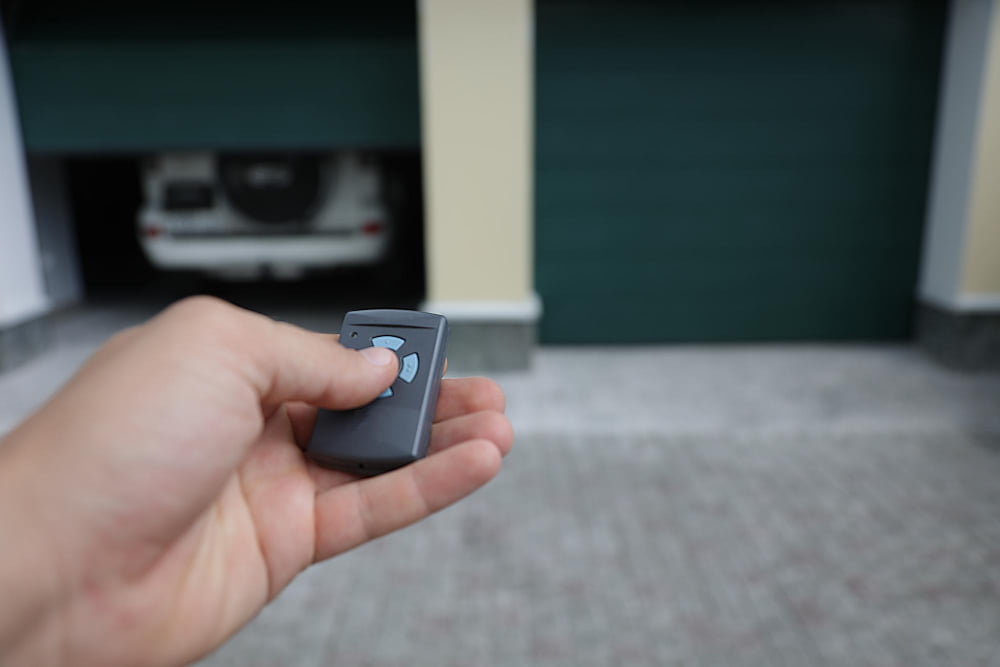
To begin, locate the garage door’s learn button. Typically, this button resides on the opening motor unit’s back panel or under a light cover. A flashlight might aid in spotting it, especially if your garage is dimly lit. The button could be any color, though it’s often red, yellow, or purple.
Press the learn button, only releasing it when the indicator light turns on. This light signals that the door opener is ready to accept a new code.
Within 30 seconds of pressing the learn button, press any button on the remote controller. The light on the motor unit should turn off and then turn back on, indicating successful code change.
If you have multiple remotes, repeat the process for each one. It’s crucial to do this promptly, as most systems will exit programming mode in approximately 30 seconds.
Lastly, test your new code. The remote should now operate the door. If it doesn’t, double-check the programming instructions to verify that no steps were missed. Also, it’s a good practice to check the remote’s battery, as a weak battery might lead to unsuccessful code changes.
Overall, changing the garage door code without a keypad ensures your garage remains secure if your remote ever gets lost or stolen. Quick execution of these steps will keep your property safe and give you peace of mind.
Understanding Common Issues and Troubleshooting During Code Change
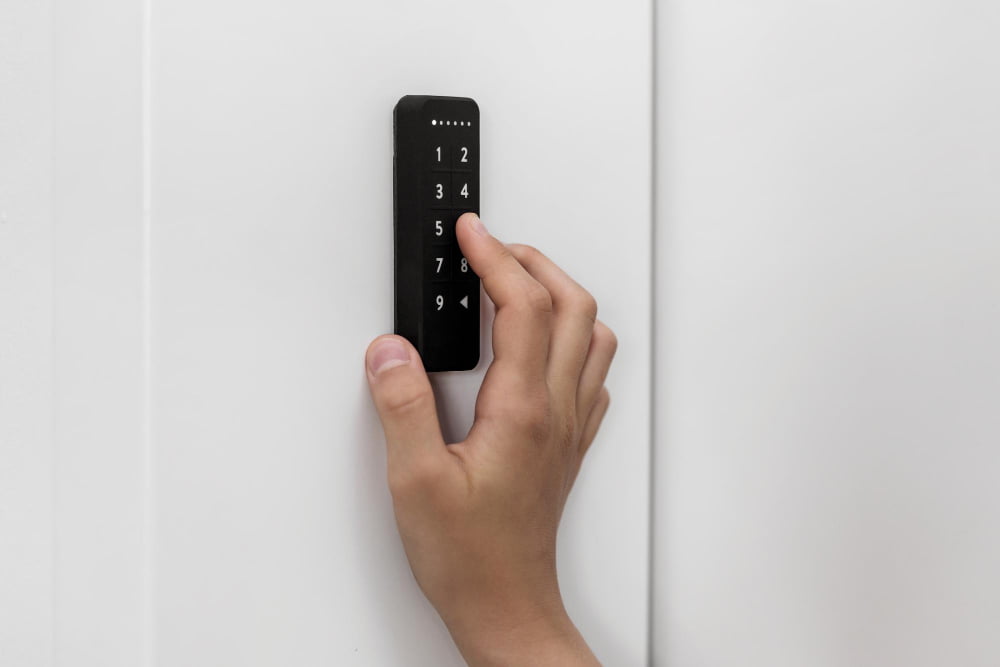
Occasionally, issues may arise when attempting to change the code. One common problem is a non-responsive keypad, which may be due to low battery power or internal wiring issues. In such cases, changing the batteries or resetting the keypad can help.
Another issue could be the garage door opener not accepting the new code. If your opener fails to register the new code, it may signal internal software glitches. Power cycling, which involves unplugging the device, waiting for a few seconds, and then plugging it back in, often resolves this.
If you encounter consistent issues despite successful code change, it might indicate a problem with the door’s mechanics beyond the code system. Checking for any obstruction in the tracks, ensuring the door’s smooth operation manually, and routine maintenance of moving parts can prevent such problems.
During troubleshooting, always prioritize safety. Do not interfere with the opener’s mechanical parts or attempt to disassemble the system if you are not adept at handling electronics. When in doubt, it’s best to consult a garage door professional to handle the issue.
Regularly Updating Garage Door Code for Security
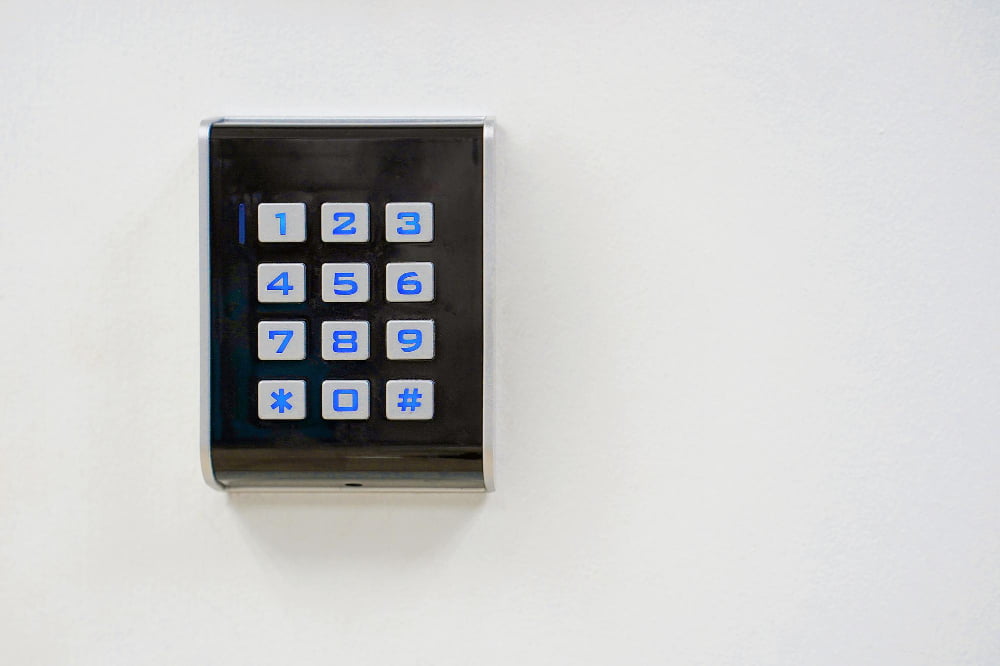
For paramount security, it is imperative to consider updating your garage door code periodically. This frequent alteration serves as a deterrent to potential intruders who could guess or have accidentally seen your code.
1. Prevent Unauthorized Access: Regularly updating your garage code minimizes risk. Even when shared intentionally for valid reasons, changing it thereafter safeguards against unauthorized access.
2. Code Guessing: Consistent code change thwarts any attempted code-guessing. Intruders may observe patterns over time; regular updates keep them off balance.
3. Lost or Stolen Garage Remotes: In instances where a remote control gets lost or stolen, a frequent code update ensures security isn’t compromised.
4. Tech-Savvy Intruders: Technology has eased our lives, but has also equipped intruders with sophisticated hacking tools. Regular code changes act as a robust countermeasure.
Remember, your garage door code is just like your password — regular updates keep your security at its peak. While updating, always make sure your new code is unique and not easily guessable to ensure top-notch security.
Carrying Out Proper Maintenance Post Code Change
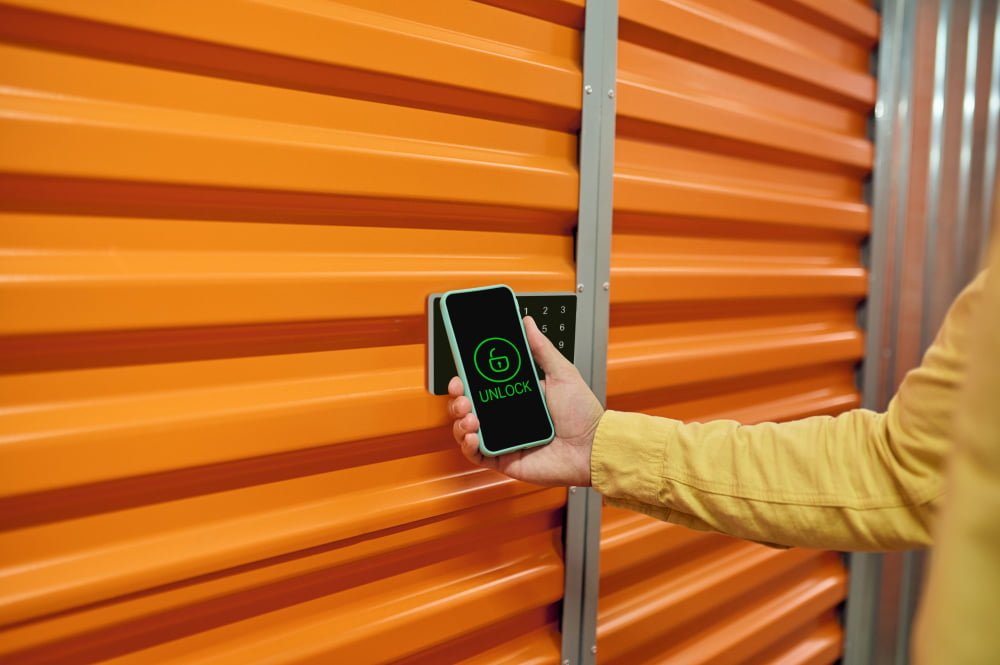
Regular upkeep is vital to keep your garage door functioning effectively after a code change. It assists in preserving the new settings and prolongs the lifespan of the system.
Here are some key steps:
- Perform Monthly Inspections: Check all the components of your door system, such as rollers, cables, springs, and pulleys, for signs of wear or damage.
Lubricate Regularly: Lubrication eases tension in the moving parts, reducing the risk of damage. Use a high-quality lubricant on hinges, rollers, and springs every few months.
Clean the Photo-eye Sensors: These sensors can impact the door’s performance if covered in dirt or debris. Gently clean them with a soft cloth.
Test the Keypad: Ensure all keys are responsive. Replace the keypad if you notice any unresponsive keys.
Update Code Periodically: This step enhances the security of your garage. If your system allows, regular code changes would be beneficial.
FAQ
What are the common safety measures to consider when changing your garage code?
Common safety measures when changing your garage code include ensuring the new code is difficult to guess, regular code changes, and not sharing the code with unauthorized persons.
How often should garage codes be altered for optimal security?
Garage codes should be altered at least once every six months for optimal security.
What steps can be taken if one forgets the newly set garage code?
If one forgets the newly set garage code, they should consult the garage door opener manual for a reset procedure or contact the manufacturer’s customer service for assistance.